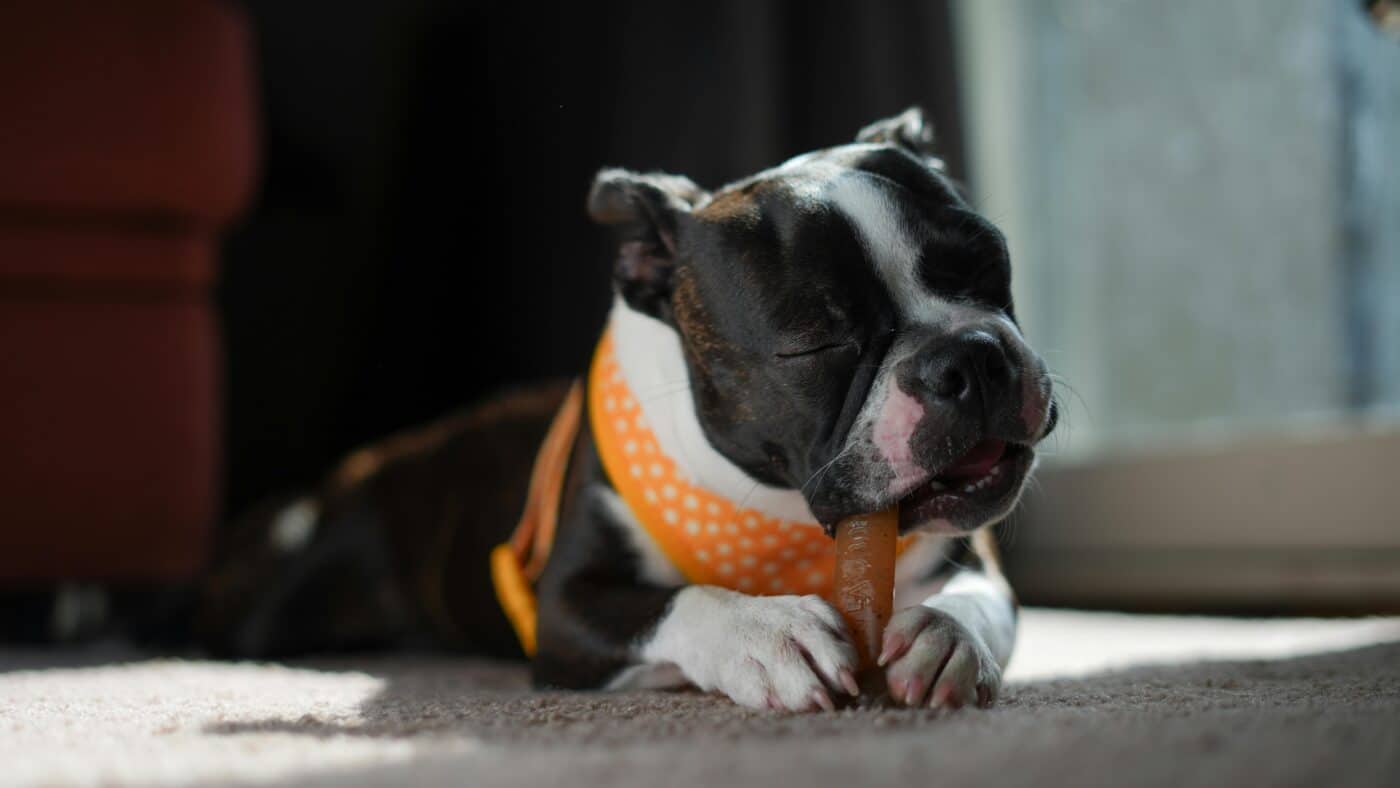 Shutterstock
Shutterstock
Just like humans, dogs can experience a range of fears, from loud noises and new environments to unfamiliar people. While some dogs are naturally more sensitive, any dog can develop fears, especially if it’s had past negative experiences. Helping your dog overcome these fears takes patience, understanding, and plenty of positive reinforcement. By creating a sense of safety and gradually exposing it to what scares it in a controlled way, you can help your dog gain confidence and face its fears with greater ease.
Gradual Exposure and Desensitization
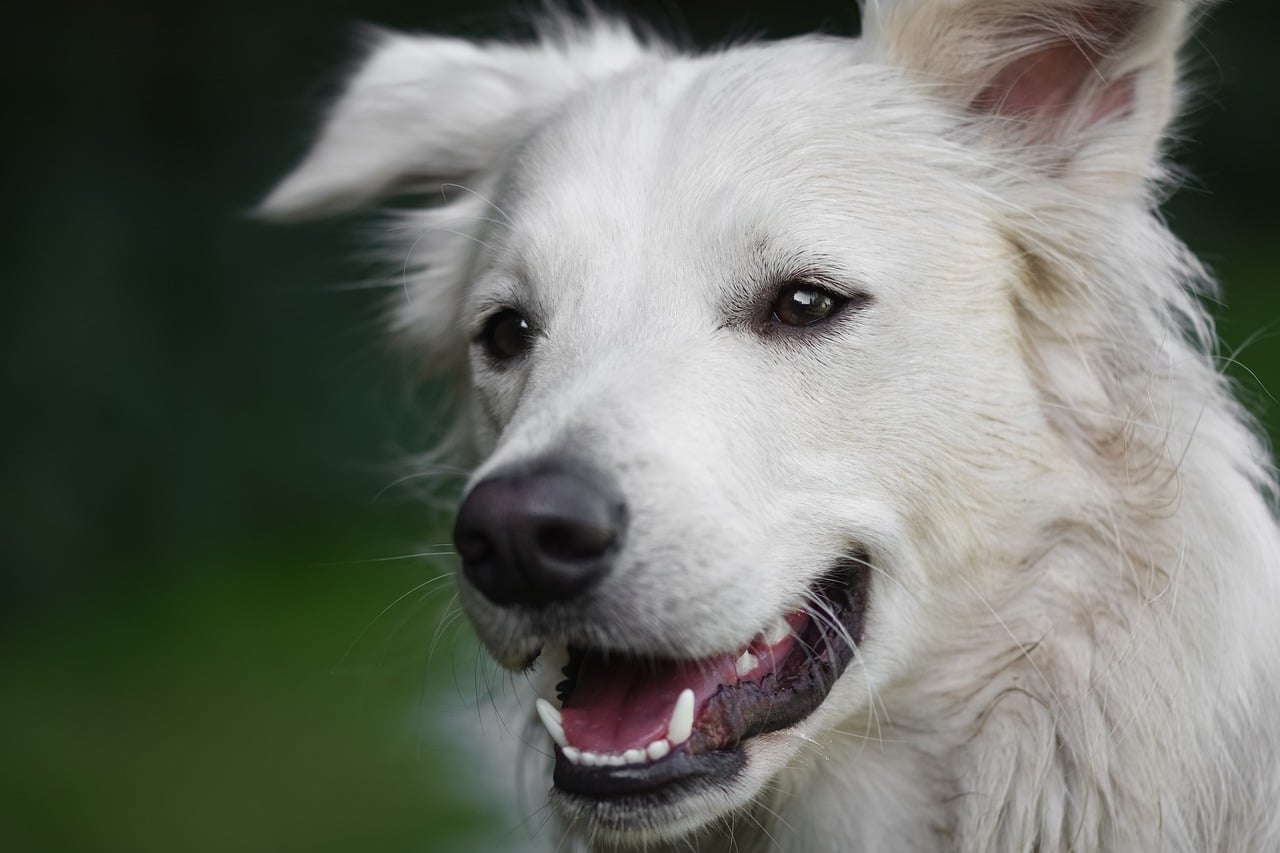 Shutterstock
Shutterstock
One of the most effective ways to help your dog overcome fear is through gradual exposure and desensitization. This involves slowly introducing your dog to the object or situation they fear in a controlled way, starting from a distance or a low intensity that doesn’t cause them to react. Over time, as your dog gets more comfortable, you can gradually increase the exposure. For example, if your dog is afraid of the vacuum cleaner, you could start by having it turned off and at a distance, rewarding your dog for calm behavior. By helping them face their fears little by little, desensitization helps your dog associate the feared item or situation with positive experiences rather than anxiety.
Positive Reinforcement Training
 Shutterstock
Shutterstock
Positive reinforcement is an essential tool for helping dogs overcome fears. Rewarding your dog for calm behavior with treats, praise, or toys encourages them to associate scary situations with positive outcomes. For instance, if your dog is afraid of strangers, reward them when they remain calm around new people, even from a distance. Over time, your dog will start to connect these situations with positive rewards, reducing their fear. Using positive reinforcement gives your dog the confidence to face challenging scenarios and helps build a trusting bond between you and your furry friend.
Creating a Safe Space
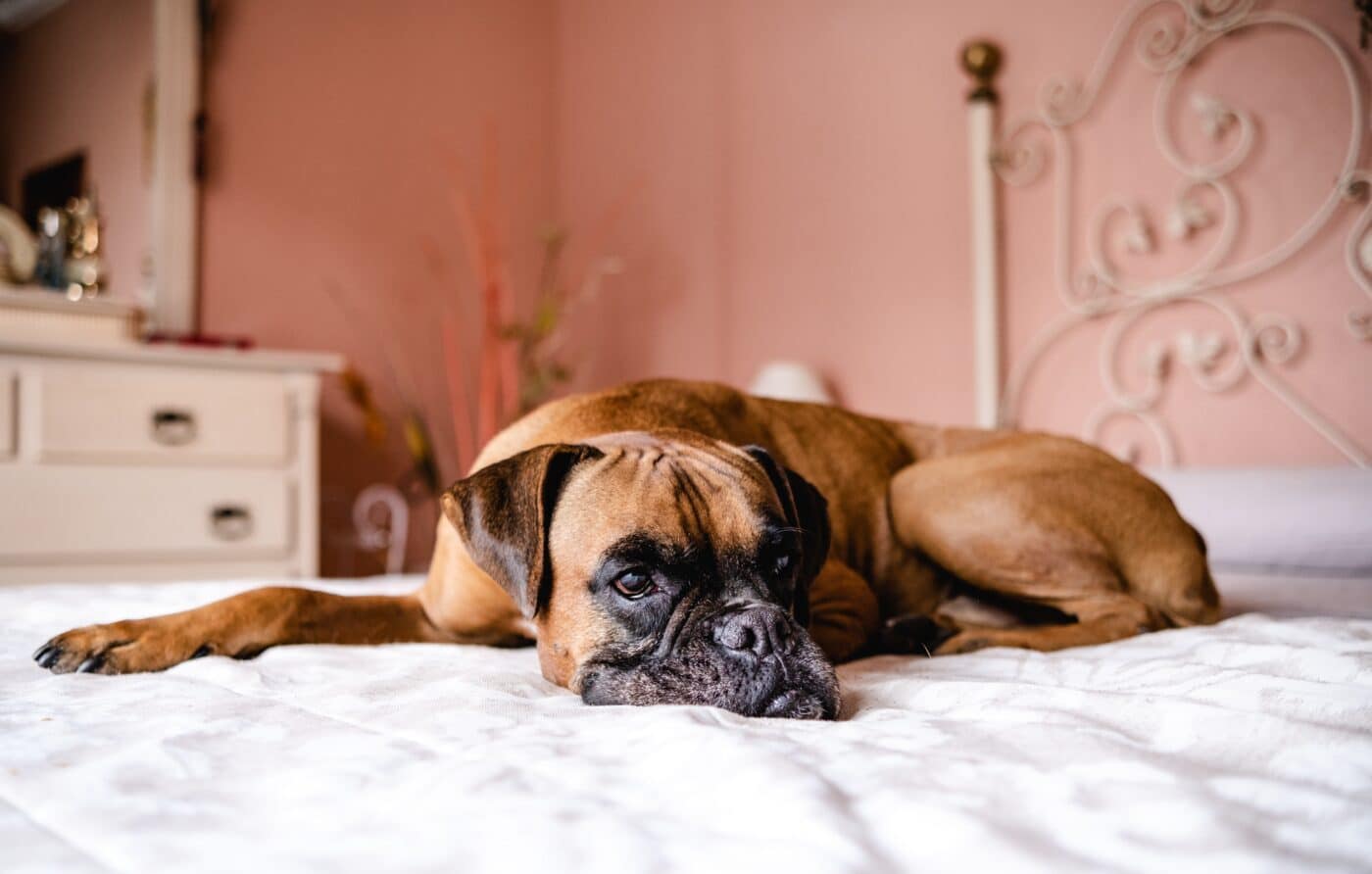 Shutterstock
Shutterstock
Giving your dog a safe space they can retreat to when they feel overwhelmed can be extremely helpful in reducing fear and anxiety. This could be a specific room, a crate with a comfortable bed, or a quiet corner with their favorite blanket. When your dog is faced with a fear-inducing situation, such as thunderstorms or fireworks, they’ll know they have a sanctuary where they’re safe and secure. Adding calming items like familiar toys or even calming pheromone sprays can make this space even more comforting. A safe space empowers your dog by giving them control over their environment, which can reduce their overall stress.
Using Calming Aids
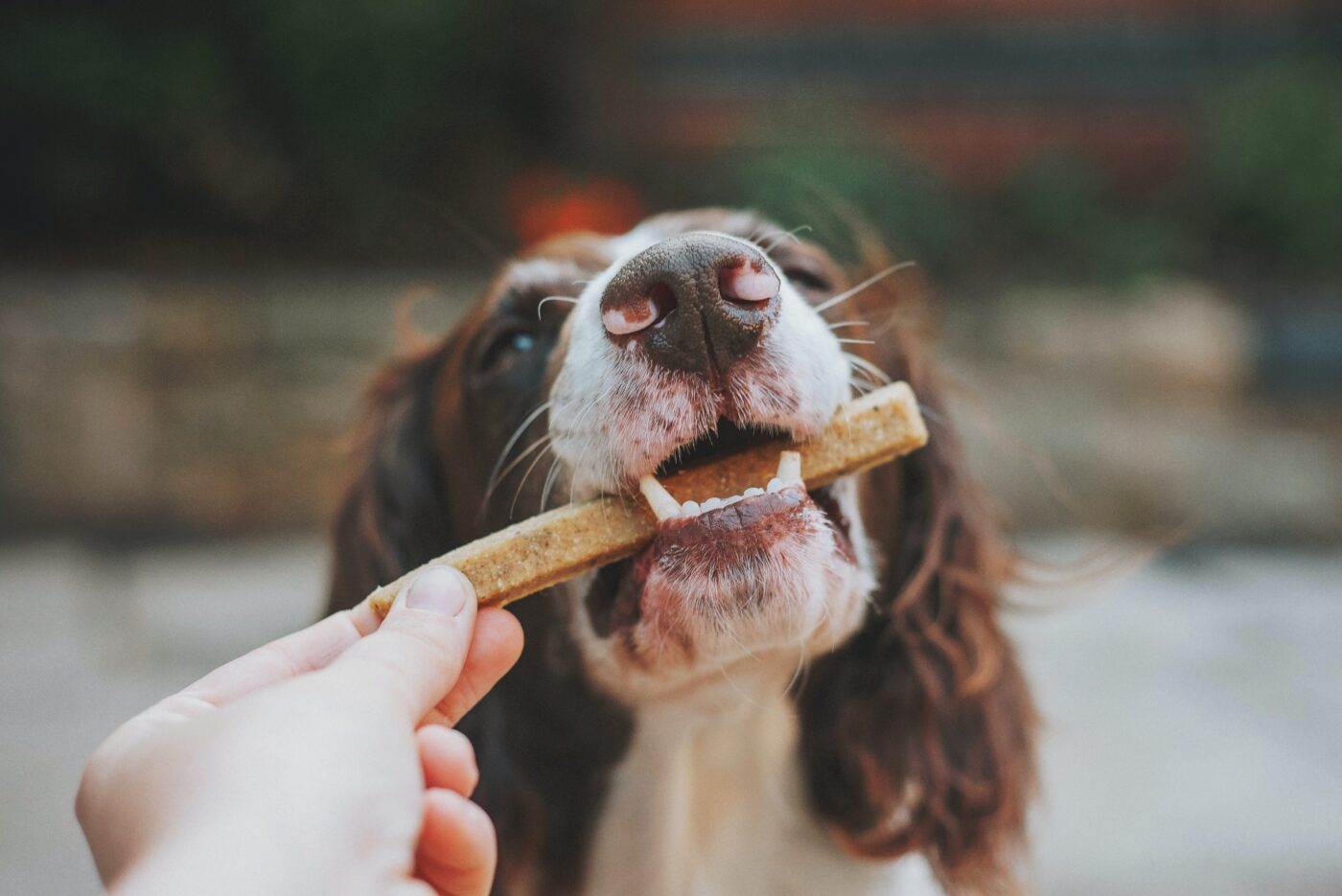 Shutterstock
Shutterstock
Many dogs respond well to calming aids, especially when facing fears they cannot avoid, like loud noises or car rides. Products like calming chews, anxiety wraps, or pheromone diffusers can provide extra support. Anxiety wraps, such as ThunderShirts, apply gentle pressure to help dogs feel secure, similar to the feeling of being hugged. Pheromone diffusers release calming scents that mimic the comforting smell of a mother dog, which can help ease their nerves. Calming aids aren’t a standalone solution but can be a valuable part of a larger strategy to help your dog feel relaxed and in control.
Socialization and Confidence-Building Activities
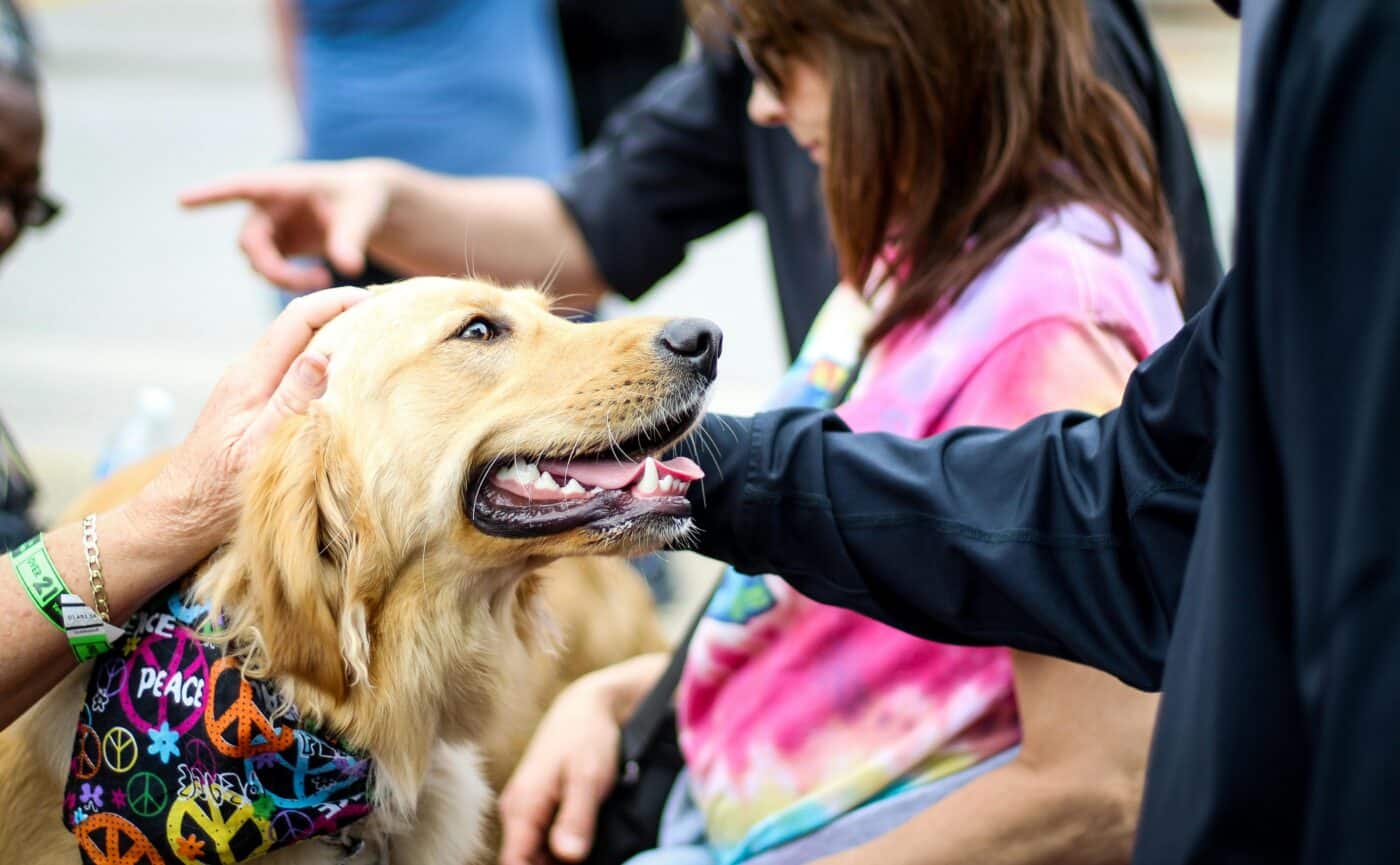 Shutterstock
Shutterstock
Socialization plays a big role in helping dogs overcome fears, especially those related to other animals, people, or new environments. By regularly exposing your dog to different experiences in a controlled, positive way, you help them learn that new things aren’t necessarily scary. For example, taking your dog to a park, enrolling them in obedience classes, or organizing playdates with friendly dogs can help build their confidence. These experiences teach your dog to handle new situations calmly, making them more adaptable to the unexpected. A well-socialized dog is typically more resilient and less fearful, as they’ve learned that new encounters can be enjoyable.
Remaining Calm and Reassuring
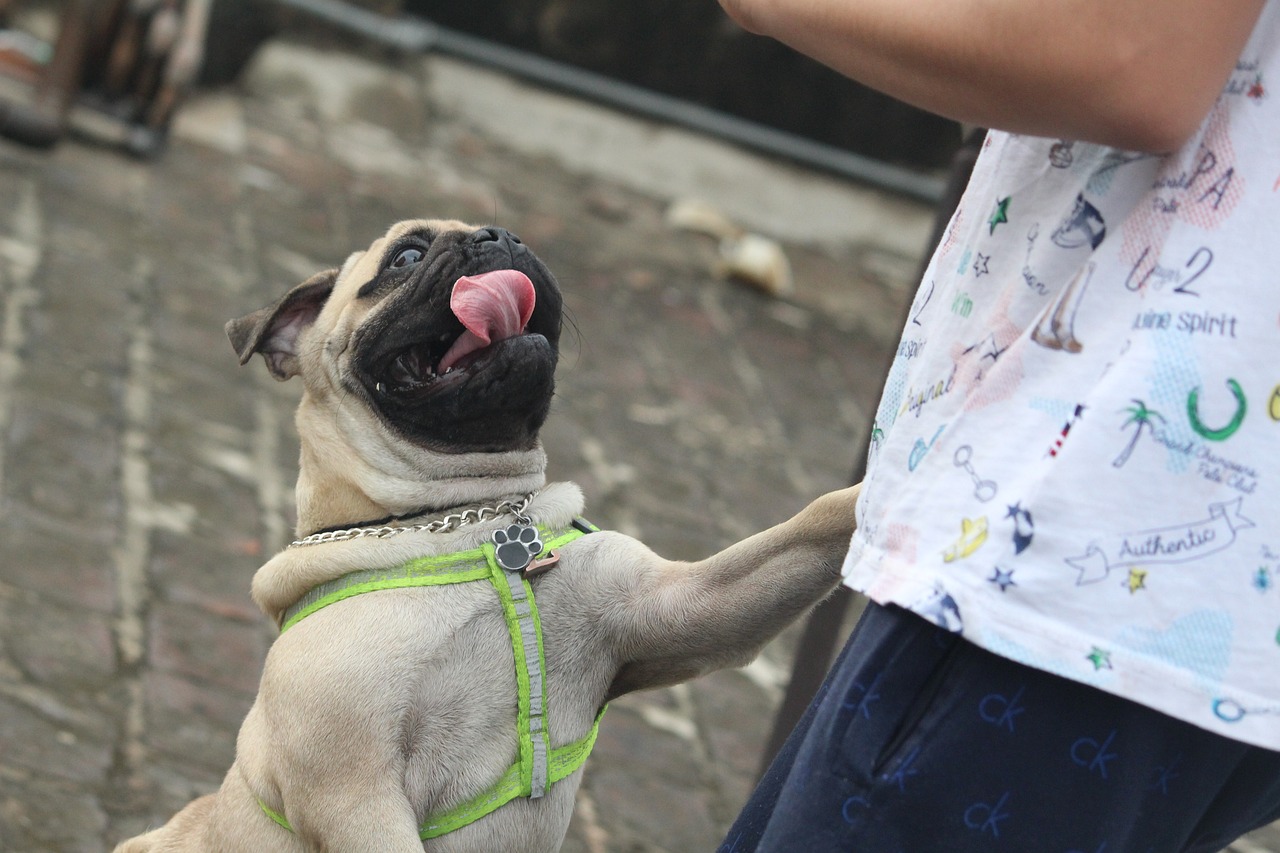 Shutterstock
Shutterstock
Dogs are incredibly perceptive and can sense their owner’s emotions. If you’re tense or anxious, your dog may pick up on that and become even more fearful. When helping your dog face a scary situation, it’s essential to remain calm and use a reassuring tone of voice. Avoid petting or coddling them excessively, as this may reinforce the fear. Instead, act as if everything is normal, showing them that there’s nothing to worry about. By staying calm, you set a positive example for your dog, helping them to feel secure and look to you for guidance.
Seeking Professional Help if Needed
 Shutterstock
Shutterstock
In some cases, a dog’s fears can be deeply rooted or severe, making it difficult to address on your own. If your dog has intense anxiety that interferes with their daily life, consider consulting a professional trainer or veterinary behaviorist. A professional can help assess your dog’s specific fears and develop a customized plan to work through them. In some cases, medication may also be recommended to help reduce anxiety, especially if the fear is impacting your dog’s quality of life. Seeking help doesn’t mean you’ve failed; it shows your commitment to your dog’s well-being and can be a game-changer for building their confidence.
The Tail-End Of Tackling Fear
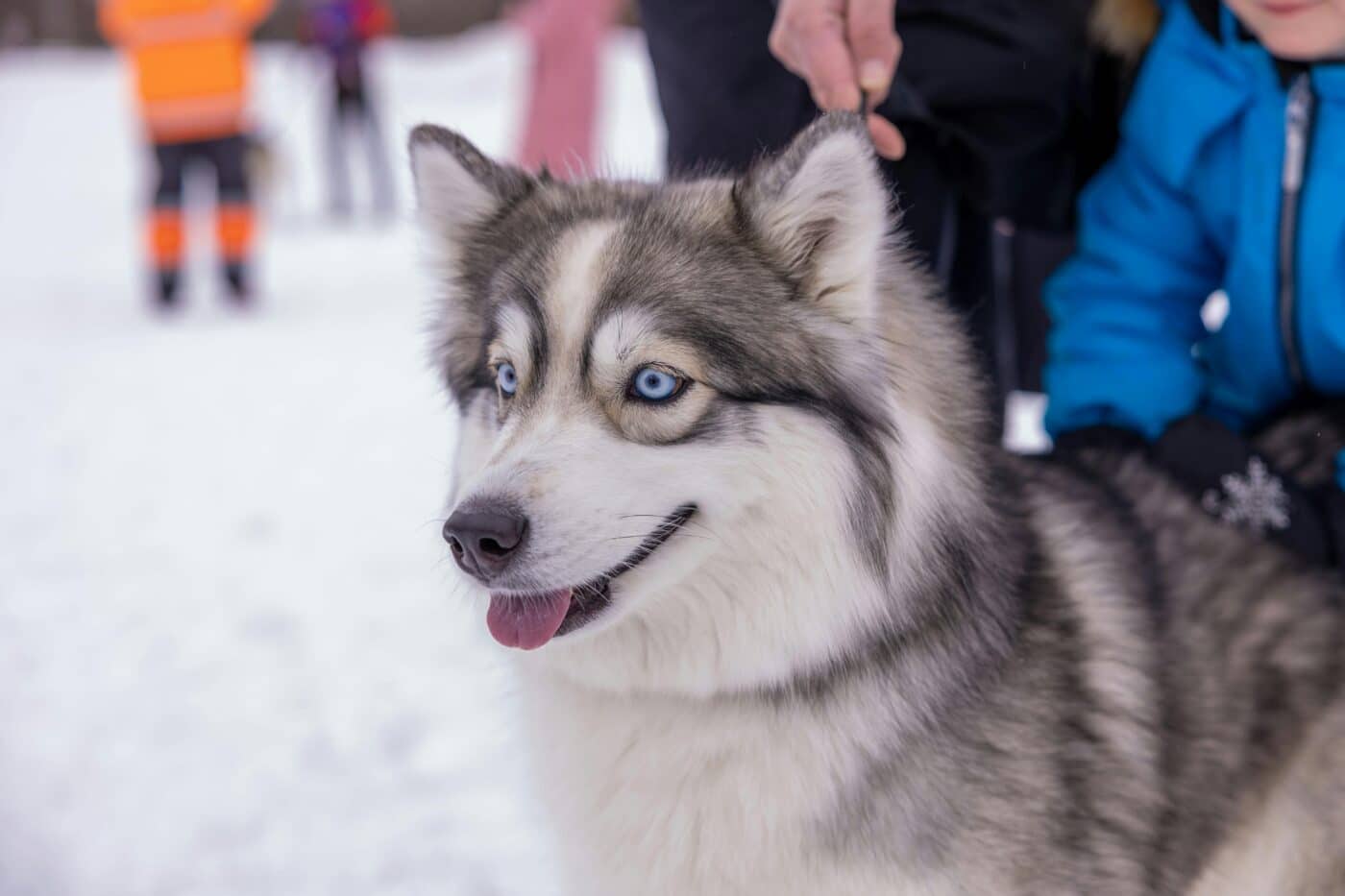 Shutterstock
Shutterstock
Helping your dog overcome their fears requires time, patience, and plenty of treats, but the outcome is incredibly rewarding. With the right techniques and a gentle approach, you can support your dog as they grow from a nervous pup into a confident, happy companion. Watching your dog face their fears and come out stronger will deepen your bond and fill you both with pride. So take it one step—and one paw—at a time, and you’ll see your dog thrive in ways you never thought possible!

 2 weeks ago
10
2 weeks ago
10
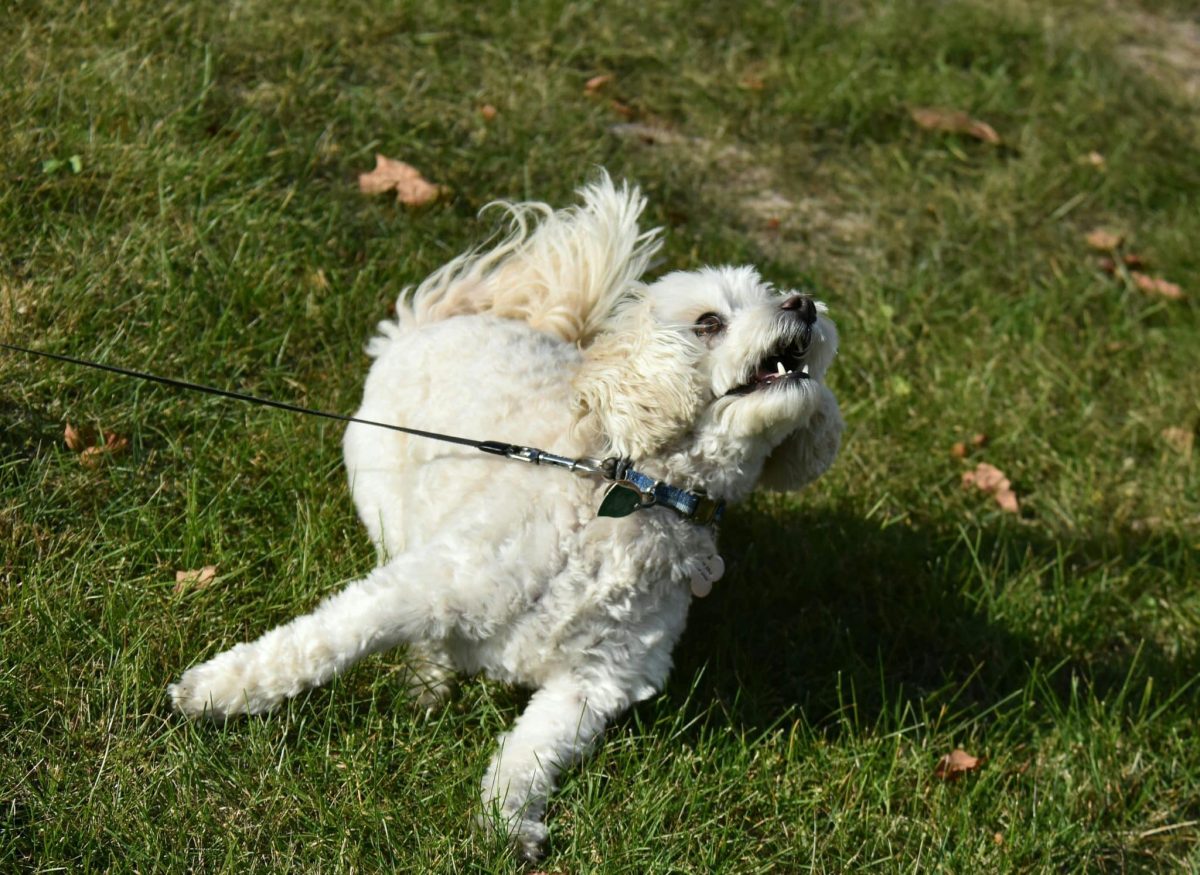
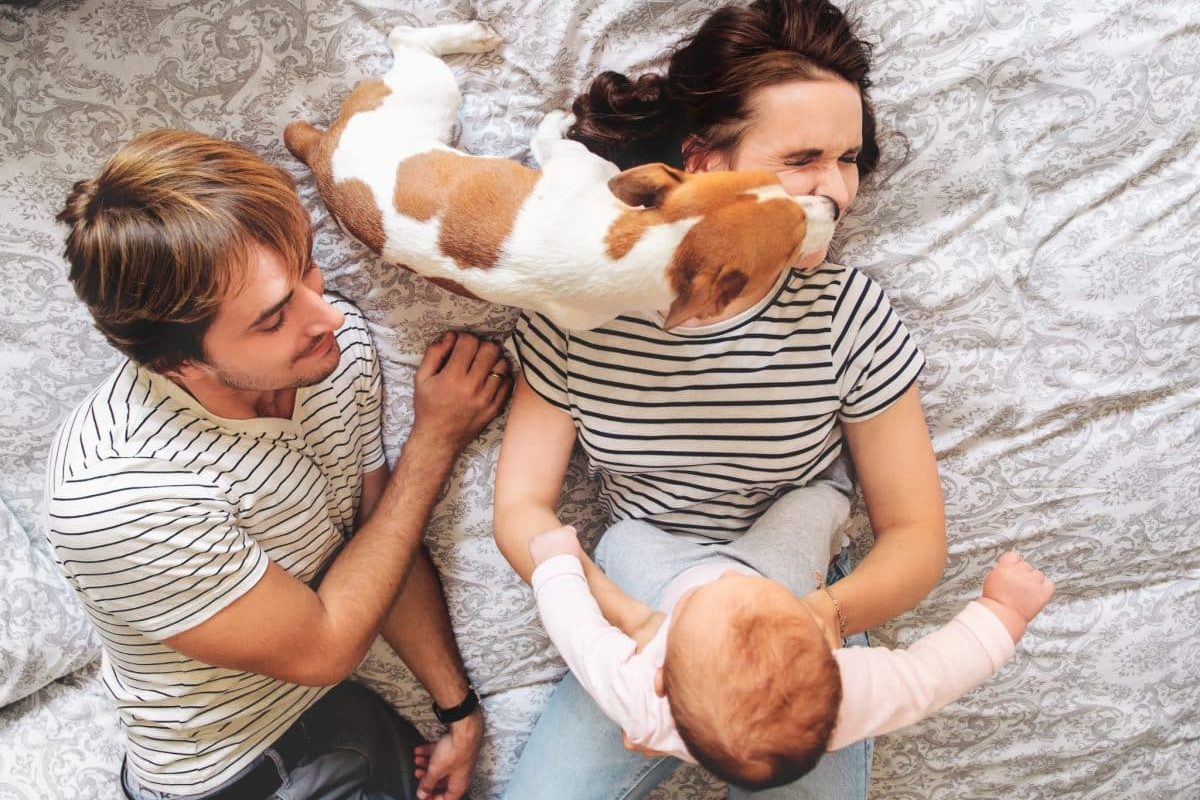
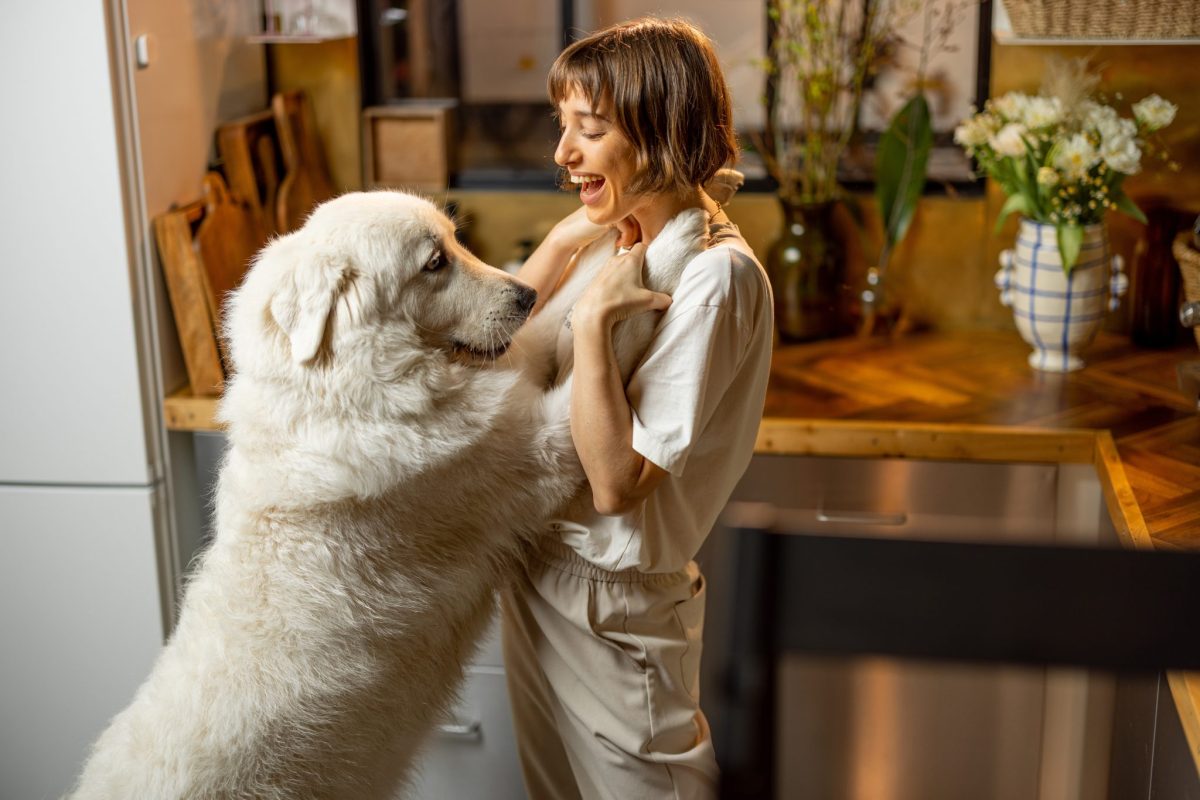

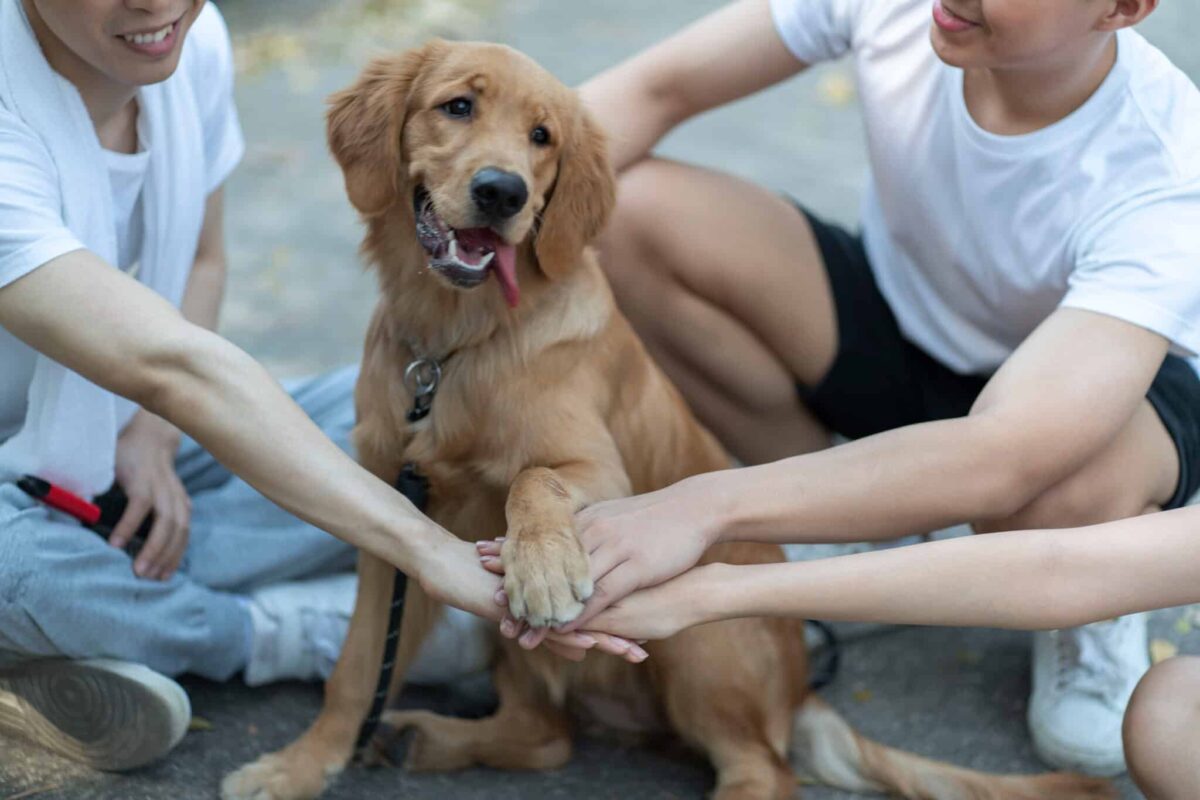
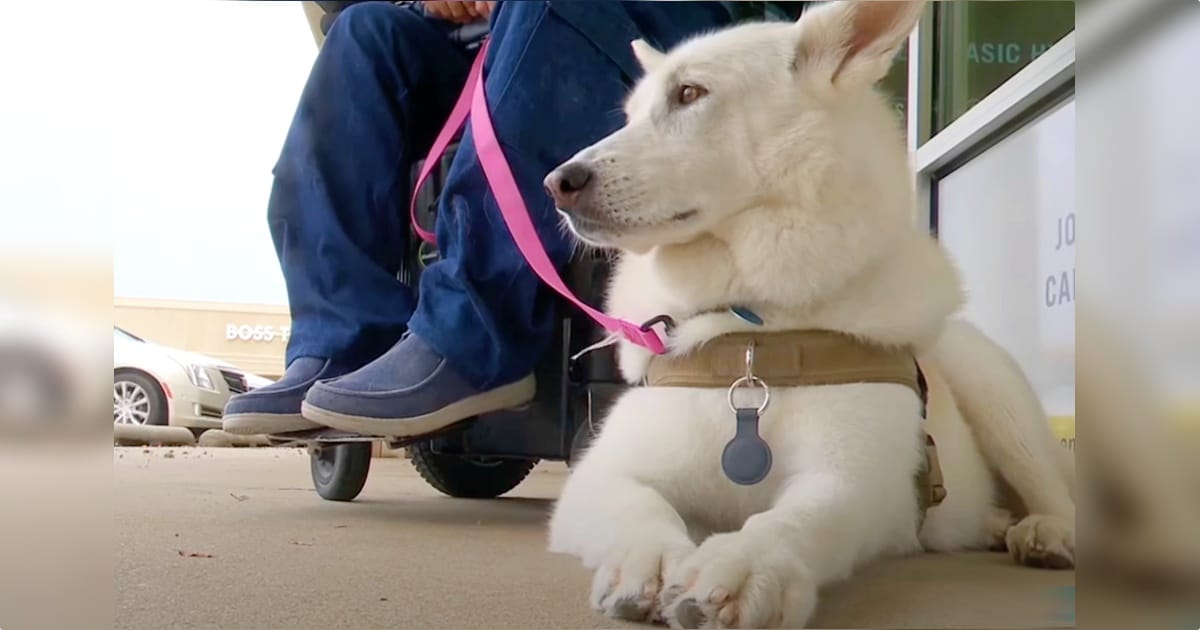
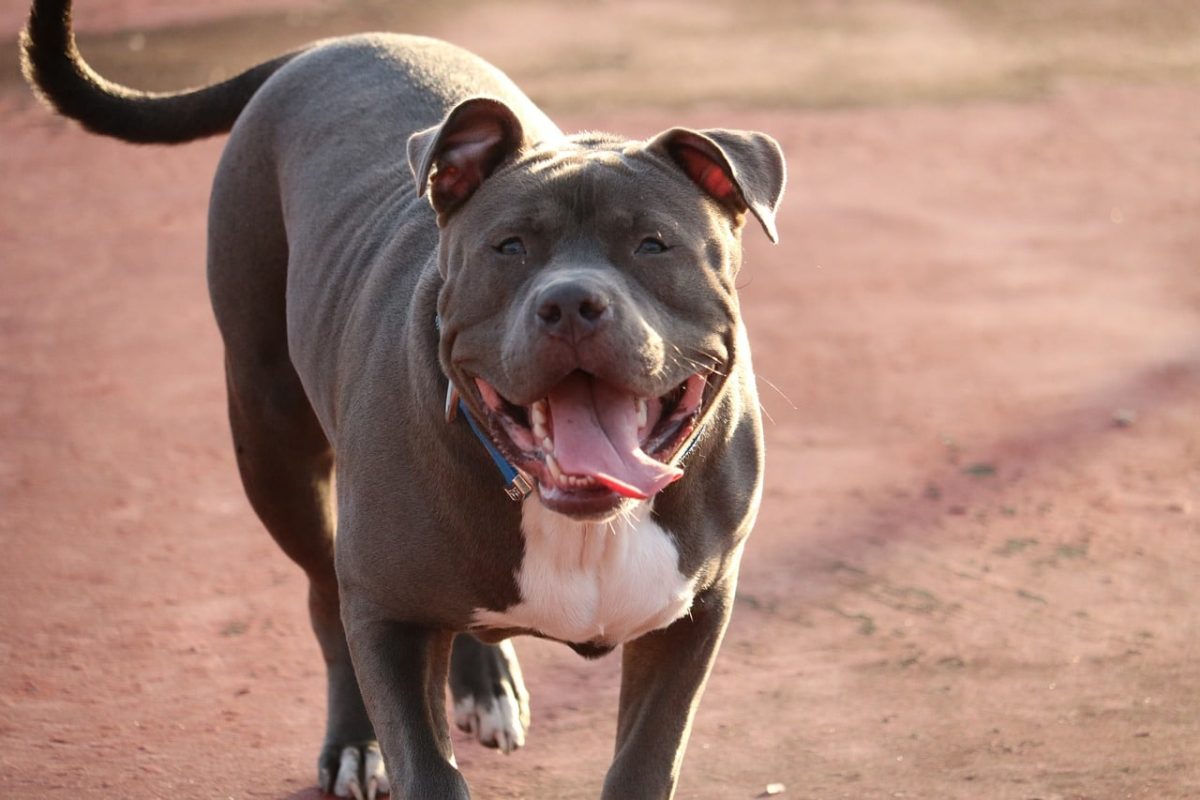
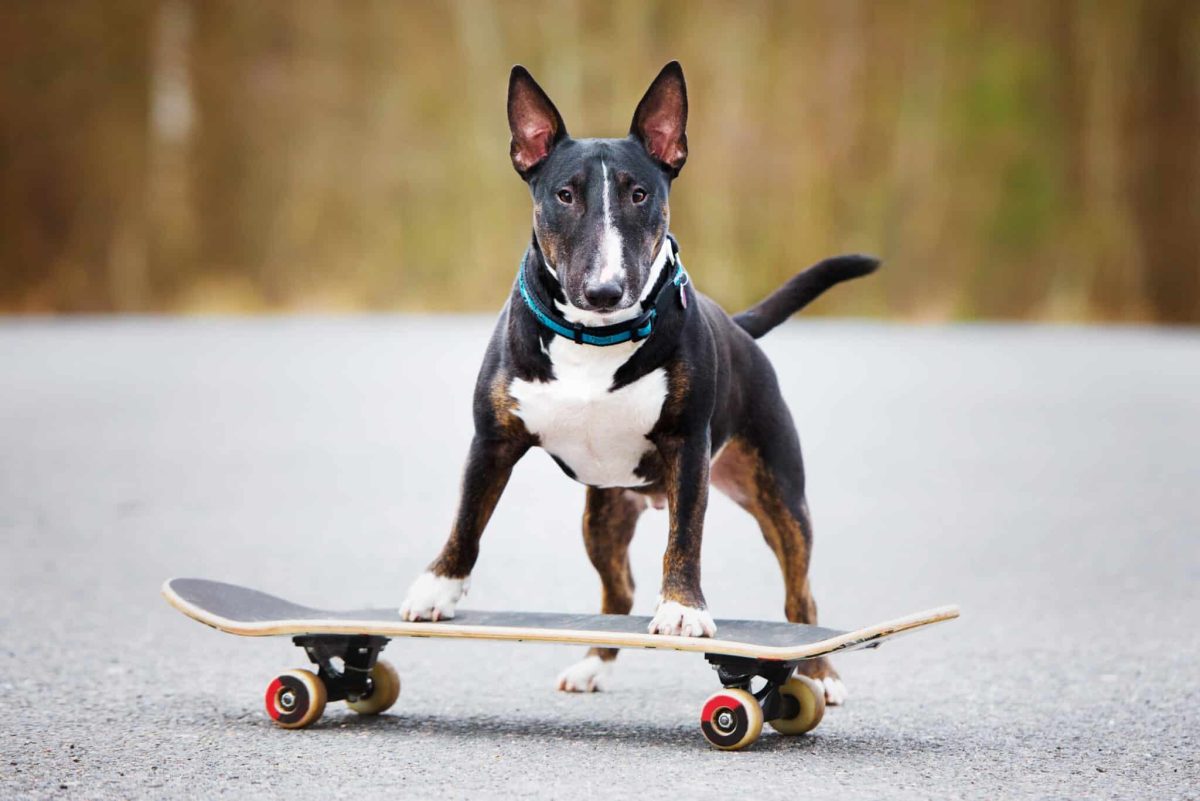



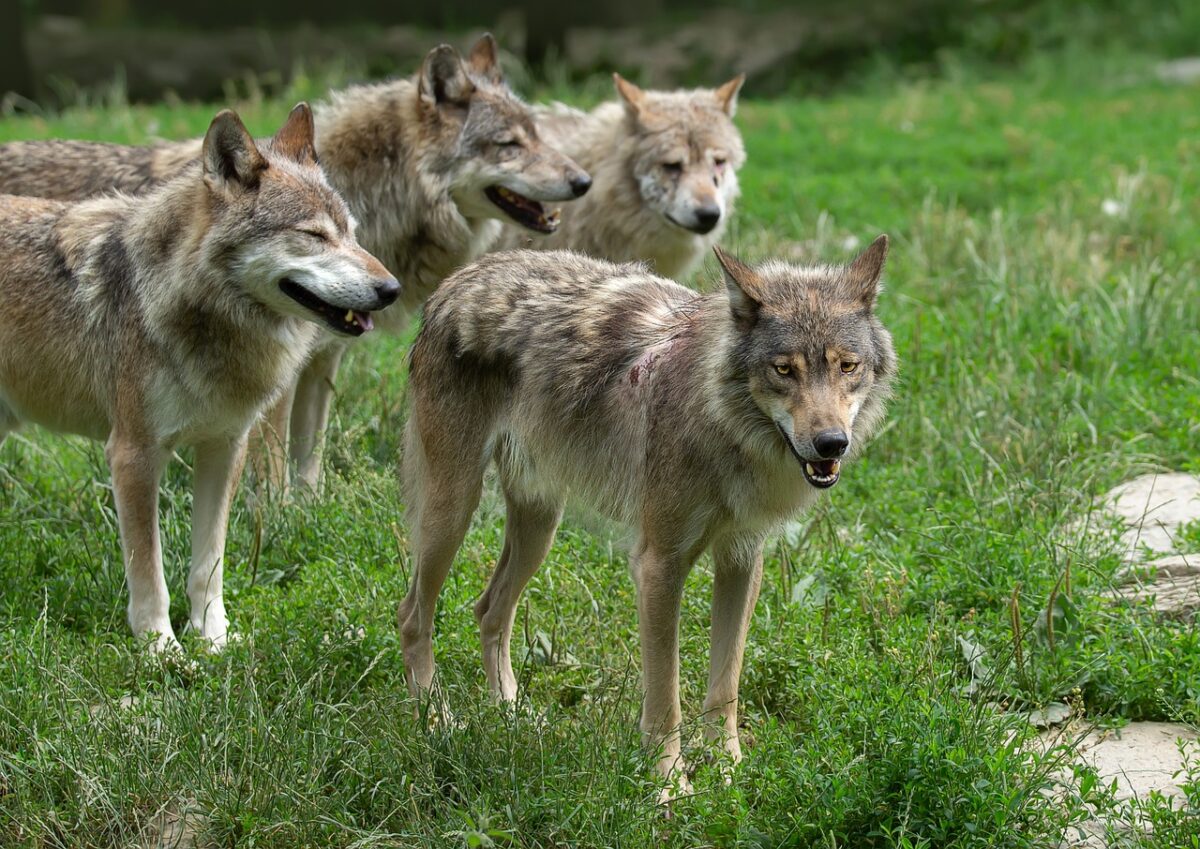
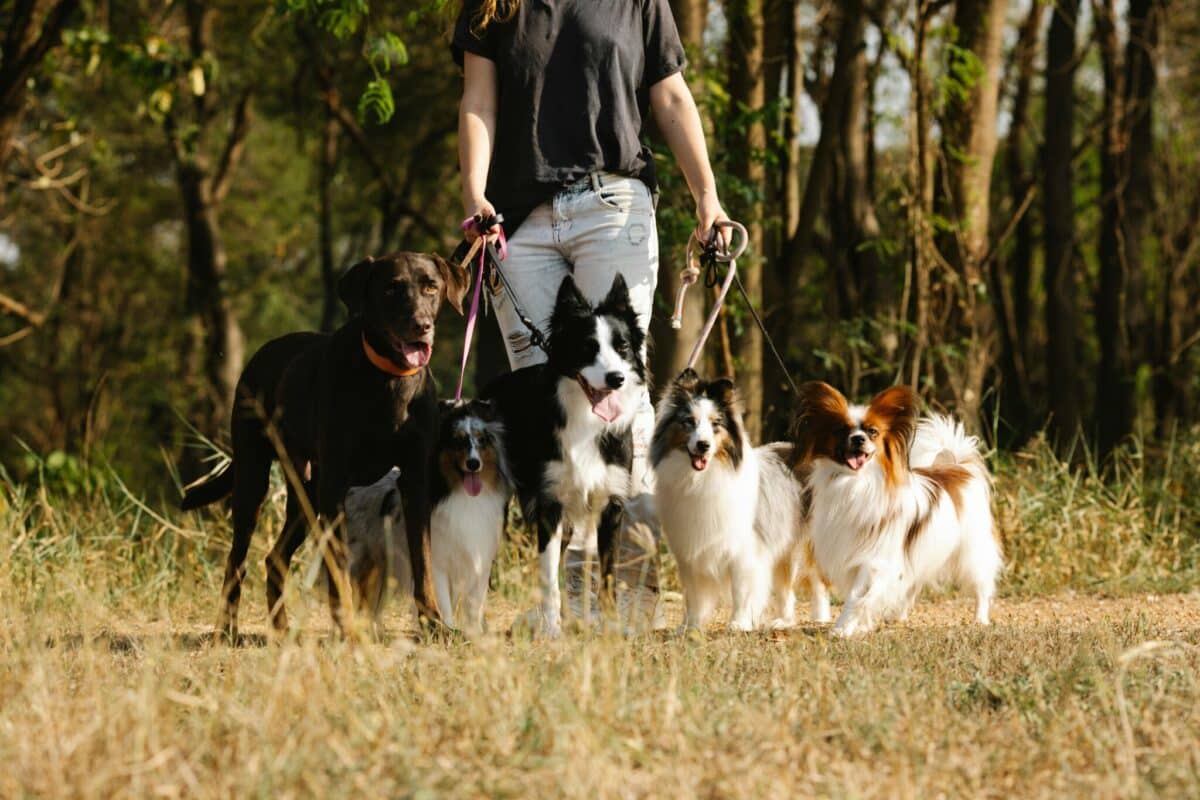



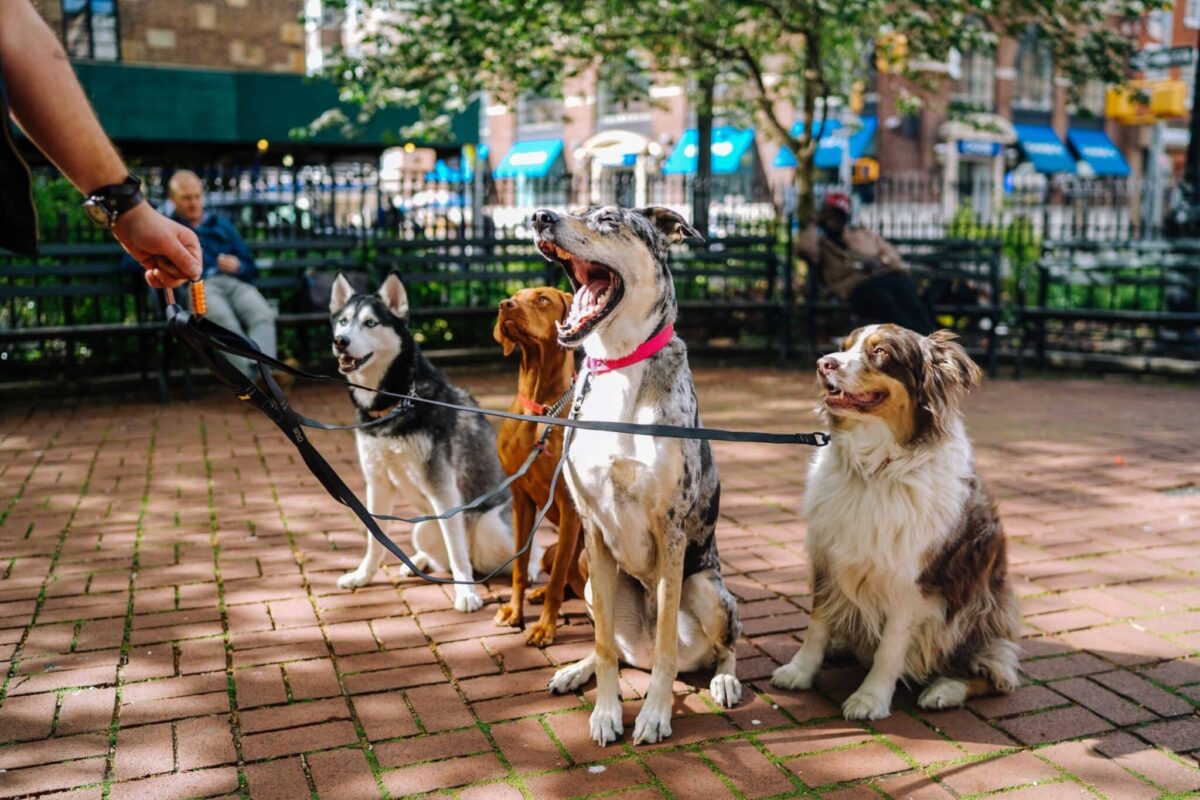

 English (US) ·
English (US) ·